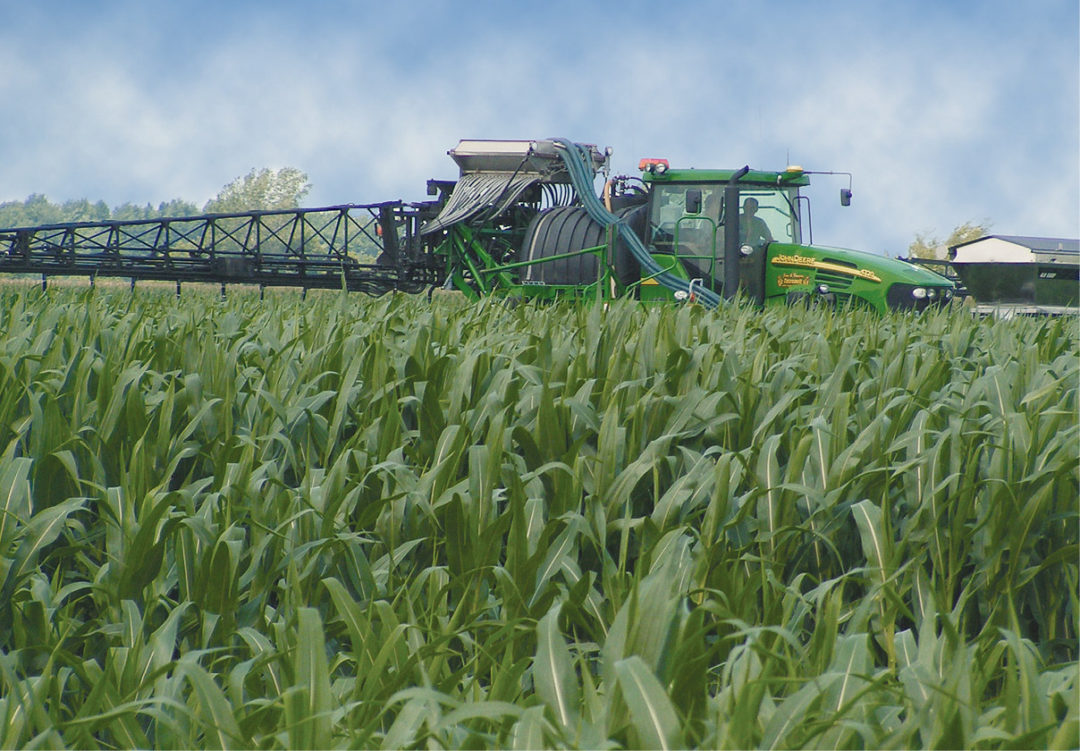No-Till Farmer
Get full access NOW to the most comprehensive, powerful and easy-to-use online resource for no-tillage practices. Just one good idea will pay for your subscription hundreds of times over.

Cover crops are going mainstream in production agriculture, which means more people are working to make them succeed.
This should be good news for no-tillers, who are increasingly relying on cover crops to scavenge nitrogen and improve soil quality and water infiltration in their fields.
But deciding on the best way to seed cover crops can be difficult.
The best seeding method is often drilling, experts say, but no-tillers trying to do that after harvest find it’s usually too late in the season to achieve optimal establishment.
No-tillers have also expressed frustration with the results with aerial seeding, as they’ve complained about uneven distribution or seeds getting caught in standing crops and never reaching the ground.
There’s even been talk of pelletizing cover-crop seeds to help them push through crop canopies.
“But the general reaction I’ve seen is that producers don’t want to pay for additional weight,” says Joel Gruver, soil scientist at Western Illinois University. “They just want to pay for pure seed.”
Consequently, cover-crop seeding machines are rolling out of farm shops throughout the country.
Usually consisting of converted spray rigs that tower over growing crops, these rigs can bypass the canopy and spread seed evenly on the ground.
“Now that cover crops are going mainstream, we have more-sophisticated operators applying their expertise and capital to solving cover-crop problems,” Gruver says.
Loysville, Pa., no-tiller Charles Martin made his foray into high-clearance seeders in 2009. He used a high-boy that can be raised from 6 to…